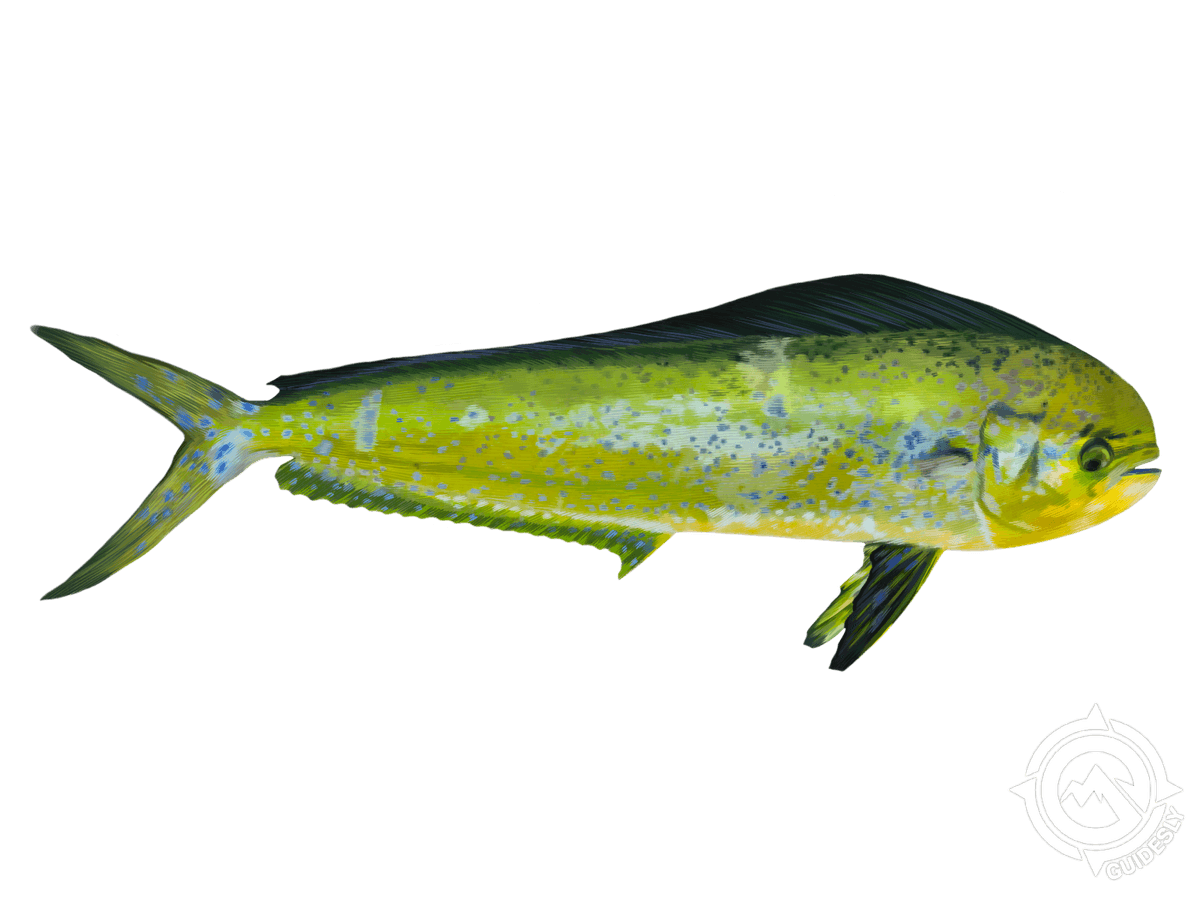Top-Rated Fort Walton Beach Wreck Fishing Trip
- Published Date: July 16, 2025
- Fishing
- Fort Walton Beach
- $860 - $1,600 price range
- Updated Date: August 14, 2025
Summary
Looking for a solid morning of fishing in Fort Walton Beach? Our 4-hour trip gets you on the water early to take advantage of calm seas and cool air. We'll cruise out to some prime spots near reefs and wrecks where the fish are biting. Our crew knows these waters well and will help you set up for success. You'll be casting for a mix of tasty catches like Snapper, Grouper, Amberjack, and King Mackerel. It's all about feeling that rod bend and reeling in quality fish before the day heats up. This trip moves at an easy pace, giving you plenty of chances to hook into something good. Whether you're new to saltwater fishing or have some experience, our team will make sure you're comfortable and having fun out there. It's a great way to spend a morning on the Gulf and maybe land dinner while you're at it. Just remember, deposits are non-refundable, so check our Trips & Rates page for details before booking.
%2F%2Fusers%2F6a3a95b4-829b-4cc9-b508-cb9bd2a82840%2Fratecard%2F104056560_156148506090405_494949063959932539_n.jpg&w=1200&q=75)
Rods Bent, Fish Boated
Fort Walton Beach: 4HR Morning Fishing Adventure
Ready to kick off your day with some serious rod-bending action? Our 4-hour morning trip is the perfect way to get your fish on before the sun cranks up the heat. We'll cruise out of Fort Walton Beach as the sky lights up, hitting prime spots where the big ones are biting. Whether you're a seasoned angler or just getting your feet wet, our crew's got your back. We're talking Snapper, Grouper, Amberjack, King Mackerel – the whole gang's here, and they're hungry. So grab your hat and let's make some memories on the water!
What's the Deal?
Picture this: You're sipping your morning coffee as we motor out, the cool Gulf breeze in your face. We know where the fish are hanging out, and we're headed straight for the honey holes. Our captain's been doing this for years, so you're in good hands. We'll get you set up with the right gear and show you the ropes if you need it. Before you know it, you'll be feeling that telltale tug on your line. It's all about having a good time and hopefully landing some keeper fish for the cooler. And hey, even if the fish aren't jumping in the boat, the views and vibes are always top-notch.
Rigging Up for Success
We keep things simple but effective on these morning trips. We'll be using a mix of bottom fishing and trolling techniques, depending on what's biting. For bottom fishing, we'll drop lines near reefs and wrecks where the big boys like to hang out. Think heavy-duty rods, circle hooks, and enough weight to get down where it counts. When we're trolling, we'll be pulling lures or live bait behind the boat, perfect for nabbing those pelagic species like King Mackerel. Don't sweat the gear – we've got quality stuff on board, all rigged and ready to go. Just bring your game face and maybe a snack for when the action heats up.
Fish Tales from the Gulf
Our guests have been pulling in some real beauties lately. Here's what they're saying:
Today's Hot Targets
King Mackerel are the speed demons of the Gulf. These sleek predators can hit speeds of 60 mph when they're chasing bait. We typically see them in the 10-30 pound range, but don't be surprised if a monster decides to crash the party. They're known for blistering runs that'll have your reel singing. Best part? They're around pretty much year-round, so there's always a chance to tangle with these toothy critters.
Mahi Mahi, or Dolphinfish, are the acrobats of the sea. These colorful fighters put on a show when hooked, leaping and thrashing at the surface. They're not just pretty faces though – they're delicious on the grill too. We usually find them hanging around floating debris or weedlines. Spring and summer are prime time for Mahi, and they often travel in schools, so where there's one, there's likely more.
Greater Amberjack, or "reef donkeys" as we call 'em, are the heavyweights of the wrecks. These bruisers will test your arms and your back with their powerful runs. They typically range from 20-50 pounds, but we've seen some push triple digits. Amberjack season can be limited, so when it's open, we make it count. Nothing beats the feeling of muscling one of these bad boys up from the depths.
Cobia are the curious wanderers of our waters. These brown torpedoes are known for their inquisitive nature, often swimming right up to the boat. They're strong fighters with a taste for crabs and eels. Spring is the hot time for Cobia as they migrate along our coast. Land one of these, and you've got some of the best-eating fish in the Gulf on your hands.
Red Snapper – now that's a name that gets Gulf anglers excited. These ruby-red beauties are the crown jewels of bottom fishing. They're hard fighters with a knack for diving back into structure, so you've got to be quick on the reel. The meat is white, flaky, and downright delicious. Snapper season is short but sweet, so when it's on, we go hard after these prized fish.
Lock in Your Spot
Look, I could talk fish all day, but nothing beats actually getting out there and wetting a line. Our 4-hour morning trip is the perfect taste of what Fort Walton Beach fishing is all about. Whether you're looking to bend a rod, fill the cooler, or just enjoy a morning on the water, we've got you covered. Spots fill up fast, especially during peak seasons, so don't wait to book. Give us a shout, and let's get you on the schedule for some real Gulf Coast action. Trust me, once you feel that first hit, you'll be hooked!
Learn more about the species
Cobia
Cobia are like the tanks of the ocean - long, dark, and built for power. They usually run 30-50 pounds but can top 100. You'll spot them cruising near the surface around buoys, wrecks, or even following big rays and sharks. Spring is prime time as they migrate along the coast. Cobia put up a stubborn, dogged fight and are known for their wild antics boat-side. They're also fantastic table fare. Sight fishing is the way to go - keep your eyes peeled and have a heavy jig or live eel ready to pitch. A local secret: if you see one, there's often more nearby. Be patient and work the area thoroughly. Landing a big cobia is a real feat - they're strong, smart, and not afraid to use the boat to their advantage.

Greater Amberjack
Greater Amberjack are bruisers - they grow over 100 pounds and fight like their life depends on it. You'll find them hanging around deep structure like wrecks and reefs, usually 60-250 feet down. Spring and fall are best as they move between spots. AJs are prized for their tough battles - be ready for them to dive for cover when hooked. They've got good eating too, with firm white meat. Live bait is king here - try a blue runner or pinfish. Drop it down and hold on tight. A local tip: when you feel the bite, reel like mad and don't give them an inch. If they get back to the wreck, you're probably done for. These fish will test your arms and your gear, but landing a big one is something you won't forget.

King Mackerel
King Mackerel are speed demons of the Gulf, often mistaken for their Spanish cousins. These silver torpedoes can top 90 pounds, though most run 20-30. You'll find them prowling the upper water column, from the surface down to about 150 feet. They're suckers for live bait, especially blue runners or menhaden. Spring and fall are prime times as they migrate. Kingfish put up a screaming fight - expect long, blistering runs that'll test your drag. Their firm, white meat is great on the grill too. For the best shot at a big one, try slow-trolling a live bait on a stinger rig near structures like wrecks or reefs. Just remember to keep that drag loose on the strike - these guys hit hard and fast.

Mahi Mahi or Common Dolphinfish
Mahi Mahi light up the water with their electric blue and green colors. Most run 15-30 pounds around here, but can get up to 60. Look for them near floating debris or weed lines, especially in summer. They're lightning fast and will jump like crazy when hooked. Mahi are a blast on light tackle and make for some of the best eating out there. Try trolling small ballyhoo or tossing chunk bait near any floating structure you see. A local trick is to keep the first one you catch in the water - others will often stick around to investigate. The meat is sweet and mild, perfect for grilling. Just don't confuse them with dolphins - these are fish through and through, and some of the most fun you can have offshore.

Red Snapper
Red Snapper are the crown jewels of the Gulf - bright red beauties that taste as good as they look. Most run 5-15 pounds, but they can get over 30. You'll find them holding tight to structure in 60-300 feet of water. Summer is prime time when the season's open. Snappers are known for their initial powerful run to the bottom - be ready to turn their heads fast. They make for some of the best eating out there too. Fresh cut bait or live pinfish are your best bets. Try a double-hook rig to improve your odds. A local tip: when you feel the bite, reel quick and set the hook hard. These guys have tough mouths and you need to drive it home. Landing a big snapper takes skill and a bit of luck, but it's always worth the effort.

About the Grady White
%2F%2Fusers%2F6a3a95b4-829b-4cc9-b508-cb9bd2a82840%2Fvehicle_picture%2Fpic4guidesly.jpg&w=1200&q=75)
Vehicle Guest Capacity: 4
Manufacturer Name: Yamaha
Maximum Cruising Speed: 43
Number of Engines: 2
Horsepower per Engine: 300
Rise and shine for an early morning fishing adventure off Fort Walton Beach! Our 4-hour trip gets you on the water as the sun peeks over the horizon, when the fish are active and the sea is calm. We'll cruise out to prime spots near reefs and wrecks, where your line might find Snapper, Grouper, Amberjack, or King Mackerel. Our seasoned crew is there to lend a hand, whether you're a rookie or a pro. Feel the rush as your rod bends with a hefty catch, and enjoy the laid-back vibe of morning fishing. It's the perfect way to kick off your day – with the chance to reel in some impressive fish before the heat sets in. Remember, spaces are limited to 4 guests, so grab your spot for a fantastic start to your day on the Gulf!
%2Ffit-in%2F250x250%2Fguide_websites%2F5832%2Fimages%2Ffishingdjcharters.png&w=1200&q=100)


%2Fusers%2F6a3a95b4-829b-4cc9-b508-cb9bd2a82840%2Fimages%2Ffishing-adventure-in-fl-3080.jpg&w=768&q=75)
%2Fusers%2F6a3a95b4-829b-4cc9-b508-cb9bd2a82840%2Fimages%2Ffishing-in-fl-2976.jpg&w=768&q=75)
%2Fusers%2F6a3a95b4-829b-4cc9-b508-cb9bd2a82840%2Fimages%2Ffishing-fun-sunshine-state-2960.jpg&w=768&q=75)
%2Fusers%2F6a3a95b4-829b-4cc9-b508-cb9bd2a82840%2Fimages%2Ffishing-adventure-florida-2904.jpg&w=768&q=75)
%2Fusers%2F6a3a95b4-829b-4cc9-b508-cb9bd2a82840%2Fimages%2Fmighty-grey-triggerfish-catch-2880.jpg&w=768&q=75)
%2Fusers%2F6a3a95b4-829b-4cc9-b508-cb9bd2a82840%2Fimages%2Fbeachside-blue-runner-catch-2866.jpg&w=768&q=75)
%2Fusers%2F6a3a95b4-829b-4cc9-b508-cb9bd2a82840%2Fimages%2Fblue-runner-fish-fort-walton-2856.jpg&w=768&q=75)
%2Fusers%2F6a3a95b4-829b-4cc9-b508-cb9bd2a82840%2Fimages%2Fsuccessful-fishing-expedition-florida-2914.jpg&w=768&q=75)
%2Fusers%2F6a3a95b4-829b-4cc9-b508-cb9bd2a82840%2Fimages%2Fblue-runner-fish-fl-2825.jpg&w=768&q=75)
%2Fusers%2F6a3a95b4-829b-4cc9-b508-cb9bd2a82840%2Fimages%2Ffishing-adventure-florida-2963.jpg&w=768&q=75)
